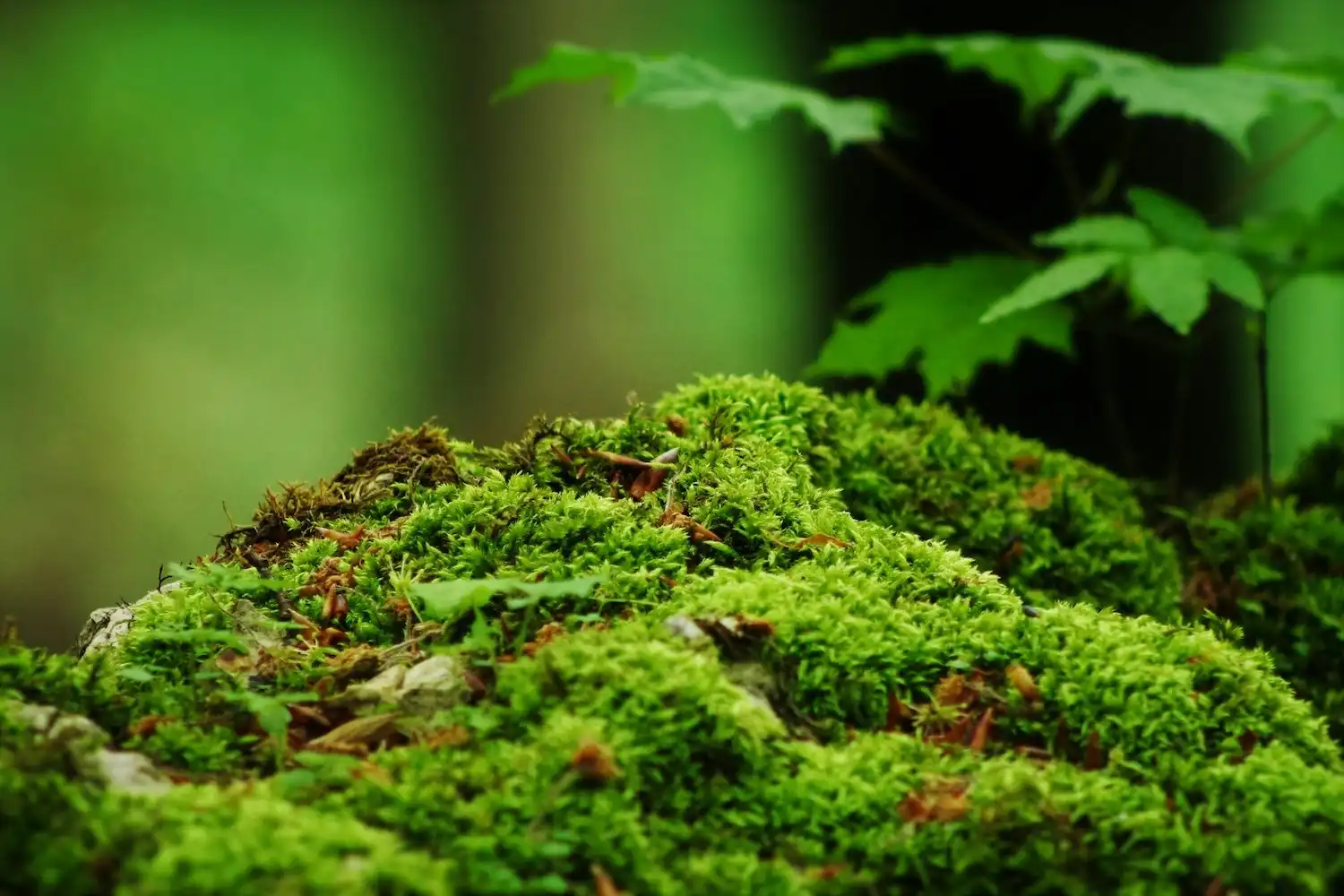Desiccation is typically fatal for plant vegetative tissues, but a small number of land plants have evolved vegetative desiccation tolerance (VDT), allowing them to dry without dying through a process called anhydrobiosis.
VDT plants allow the equilibration of the water potential of their cells to that of the air and can tolerate tissue water potentials of -100 MPa and lower. Advances in sequencing technologies have enabled the investigation of genomes for desiccation-tolerant plants over the past decade. However, the valuable gene and genomic resources in those plants need further investigation.
Recently, a research group led by Zhang Daoyuan at the Xinjiang Institute of Ecology and Geography of the Chinese Academy of Sciences established a genome database, “Drying without Dying,” for desiccation-tolerant plants. The study was published in Plant Physiology.
The genome database contains genomic and transcriptomic resources for a total of 26 VDT-related plant genomes (including 10 mosses). Commonly used bioinformatic analysis tools, such as BLAST, homolog and functional search, GO/KEGG enrichment statistical, expression profile and co-expression module extraction and genome JBrowser, are incorporated in the database, facilitating future analysis and exploration of genetic information for VDT plants.
By conducting tailored PFAM family statistical analyses, the researchers found that the drought-responsive ABA transporter AWPM-19 family is significantly tandemly duplicated in all bryophytes but rarely so in tracheophytes.
Presence and absence variation analyses of biosynthetic genes of favonoids provided an exemplar footprint illustrating divergence in evolution of genomes and the metabolic characteristics between angiosperms and non-seed plants. Transcriptomic profiles coupled with functional analyses also supported divergent evolution of VDT between bryophytes and angiosperms.
The findings of this study provided genomic and transcriptomic evidence supporting a possible divergence and lineage-specific evolution of VDT in plants.
The database can be accessed here.
Read the paper: Plant Physiology
Article source: Chinese Academy of Sciences via Phys.org
Author: Liu Jia
Image: Moss close-up. Credit: Unsplash/CC0 Public Domain








